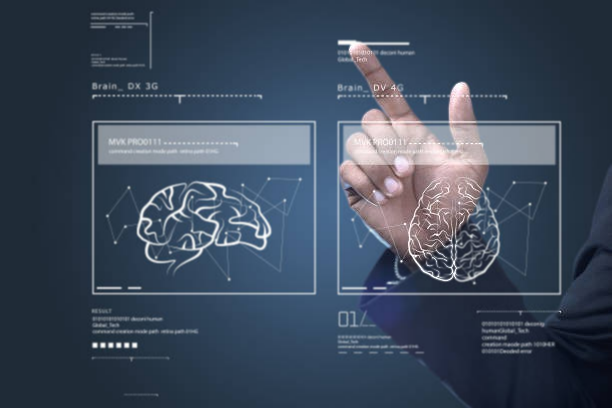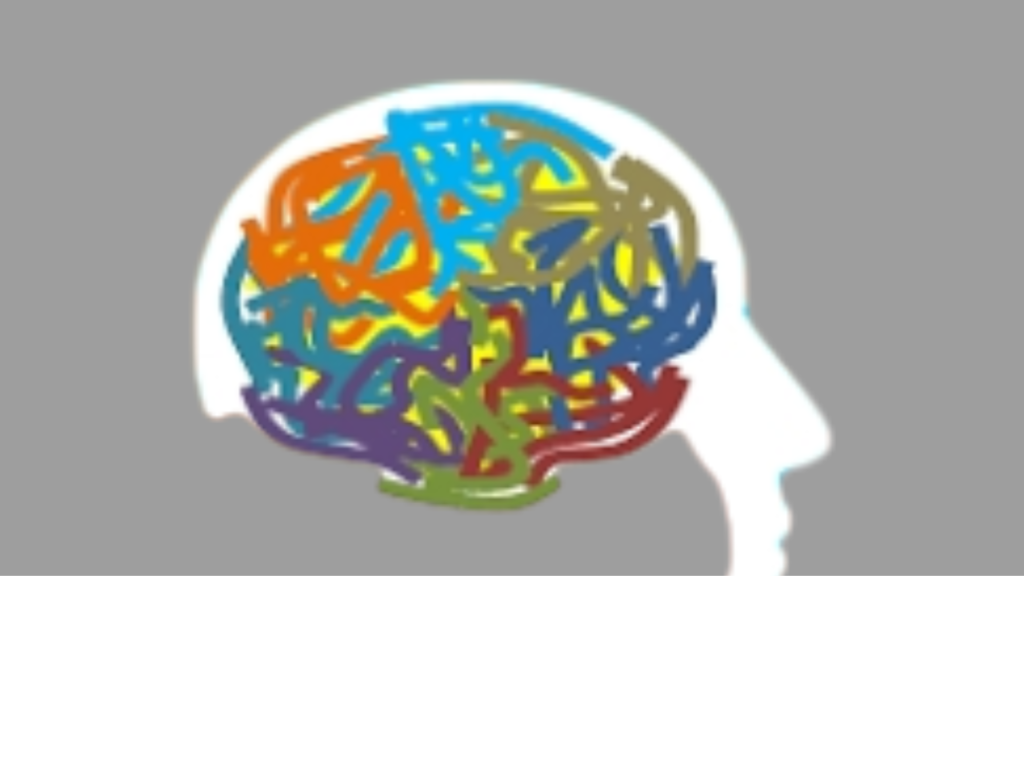The causes of social anxiety disorder is important to know, if u want to seek proper treatment and counselling. This article explains all the possible causes of social anxiety disorder.
What is social anxiety disorder?
A mental health disease known as social anxiety disorder (previously known as social phobia) is characterized by an acute and persistent dread of being negatively assessed and/or watched by others.
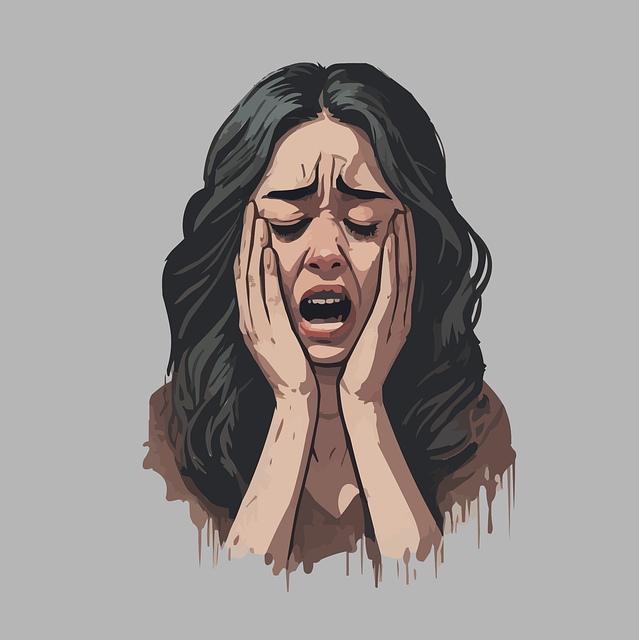
One prevalent type of anxiety condition is social anxiety disorder.
If you suffer from social anxiety disorder, you may experience fear or worry in any or all of the following social situations:
- Interacting with new individuals.
- Giving a performance for an audience.
- Answering or placing calls.
- Using lavatories open to the public.
- Requesting assistance at a store, restaurant, or other public setting.
- Courting.
- Responding to an inquiry in public.
- Eating in public view of others.
- Taking part in a conversation
Causes of social anxiety disorder
People with social anxiety disorder (SAD) fear social situations where they could feel awkward or scrutinized. In the United States, it affects about 7% of adults. It is rather common. If you suffer from social anxiety, you might be curious about the source.
Genetic cause of social anxiety
If social anxiety disorder is identified in you, it is likely due to a combination of genes that increase your risk of getting the illness. You may also have a two to six time’s higher chance of developing SAD if you have a first-degree relative who has the condition.
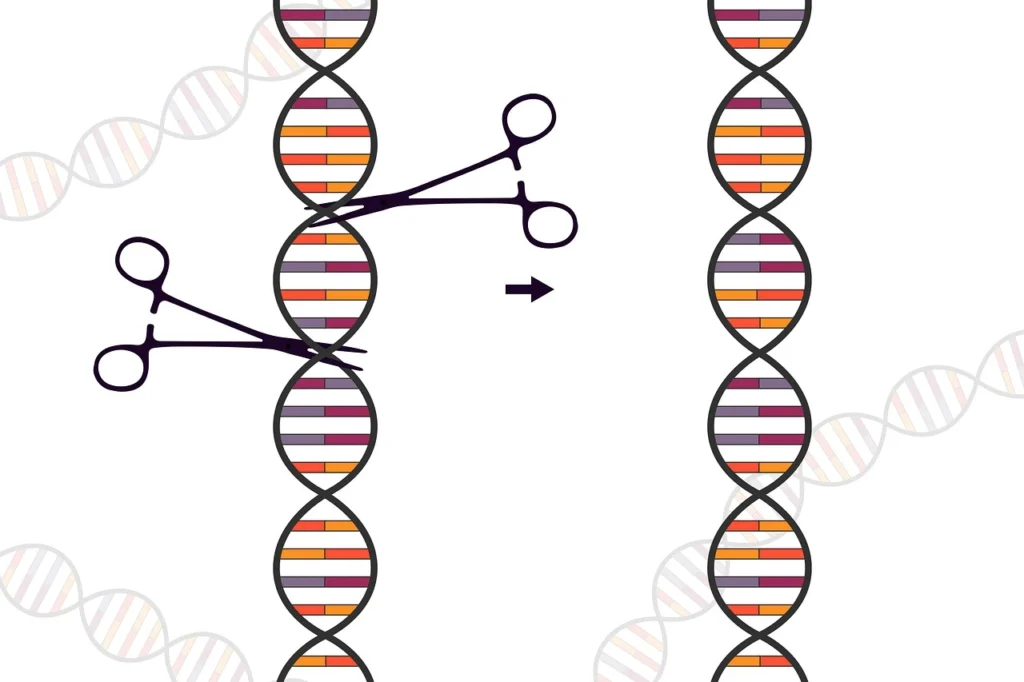
The amount of variance in a phenotype—a trait, characteristic, or physical attribute—that is assumed to be brought about by genetic diversity between people is known as heritability. Environmental variables are typically attributed to the remaining variation. Heritability studies usually quantify the relative contributions of genetic and environmental factors to a certain trait or characteristic.
Thus yet, scientists have not discovered a specific genetic composition associated with SAD. However, they have discovered particular genes connected to many anxiety disorders, including agoraphobia and panic attacks.
Environmental cause of social anxiety
The psychosocial determinants of social anxiety disorder encompass environmental factors that impact an individual during their formative years. You have a higher chance of developing social anxiety disorder if one of your parents does. Environmental factors as well as genetic factors may be to blame for this.
Psychologists have created theories regarding how learning can cause youngsters to acquire social anxiety.
It’s also possible that your upbringing will influence your risk of developing SAD. If you: Have a higher chance of developing the disease
- Lack of social experience in childhood: You were not given the opportunity to learn proper social skills or exposed to adequate social circumstances when you were a child.
- Childhood attachment problems: You may have experienced rejection, control, criticism, or overprotection from one or both of your parents. Youngsters who do not develop a healthy bond with their primary caregiver are more vulnerable since they are unable to self-soothe under pressure.
Childhood Behavioral Inhibition
Do you know a little child or toddler who always gets really angry when they are with someone new or in a strange situation? Does the youngster run to a parent for comfort, weep, or retreat in these kinds of situations?
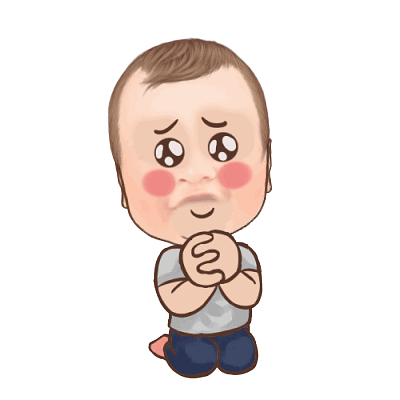
According to research, children who display behavioral restraint are seven times more likely to acquire social anxiety disorder. Roughly 40% of children who exhibit behavioral inhibition go on to develop SAD.
This temperament is probably innate and the outcome of biological processes because it manifests at such a young age.
Social Anxiety’s Societal Roots
Social anxiety development may be influenced by certain societal circumstances. Growing up in a society like Japan or Korea, which has a strong collectivistic orientation, for instance, may make one more susceptible to social anxiety.
A fear of upsetting other people is known in these cultures as the taijin kyofusho condition. It is a reflection of a culture that places a high value on considering how one fits in with the greater group.
The Anxiety Disorder’s Biological Roots and Brain Architecture
Your brain can be “seeded inside” in the same way that x-rays can be used to view inside your body. A method known as “neuroimaging” is used by medical researchers to produce an image of the brain. The types of functions in particular brain regions can be examined using more advanced techniques in addition to the anatomy of the brain.
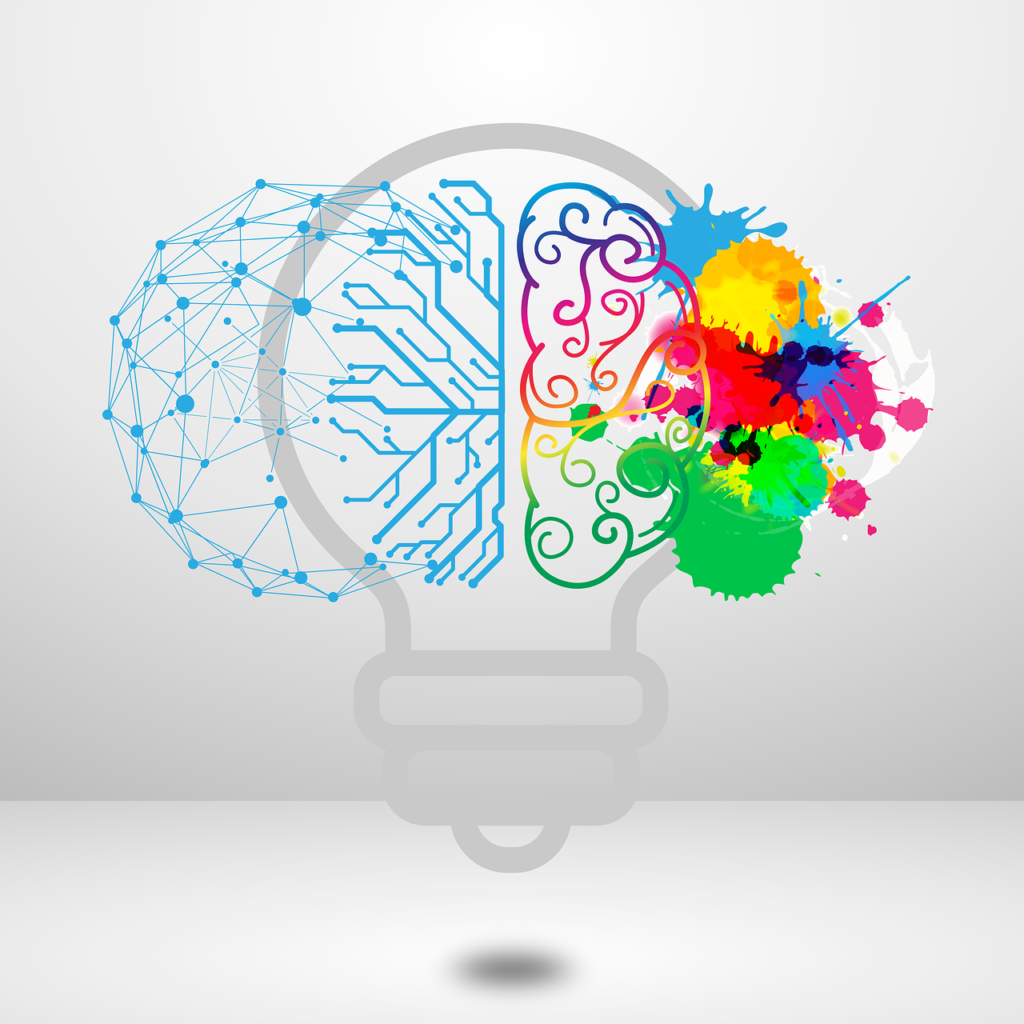
Researchers may search for variations in blood flow in particular brain regions in individuals who are known to have a given mental illness. It is known that when you experience anxiety, four different brain regions are activated.
The limbic system region of the amygdala, which is linked to fear, has an increase in blood flow in individuals suffering from social anxiety disorder. On the other hand, the cerebral cortex—an area linked to thought and judgment—showed more blood flow in the PET scans of those without SAD.
Neurotransmitters
It’s possible that you have abnormalities in specific neurotransmitter molecules in your brain if you suffer from social anxiety disorder. Your brain uses these neurotransmitters to transfer messages from one cell to another.
Some of these neurotransmitters have been proven to be unbalanced in people with social anxiety disorder. Determining which drugs are appropriate for treating social anxiety disorder requires an understanding of how these brain chemicals connect to the condition.
Signs and symptoms
Particularly in young people, shyness or uneasiness in specific circumstances are not always symptoms of social anxiety disorder. Individuals’ comfort levels in social settings differ based on their life experiences and personality features. While some people are more gregarious by nature, others are inherently quiet.
Behavioral and emotional signs
- Constant: is one of the signs and symptoms of social anxiety disorder.
- Fear of being poorly judged in circumstances
- Fear making a fool of yourself or humiliating yourself
- severe anxiety while engaging or conversing with strangers
- Fear that people will see that you’re nervous
- Fear of embarrassing physical symptoms, such blushing, perspiring, shaking, or trembling when speaking
- avoidance of activities or social interactions due to embarrassment fears
- Stay away from circumstances where you could be the center of attention
- Anxiety that arises before a feared task or occasion
- severe anxiety or fear in social settings
- After a social scenario, an evaluation of your performance and a look for weaknesses in your interactions
Physical signs and symptoms
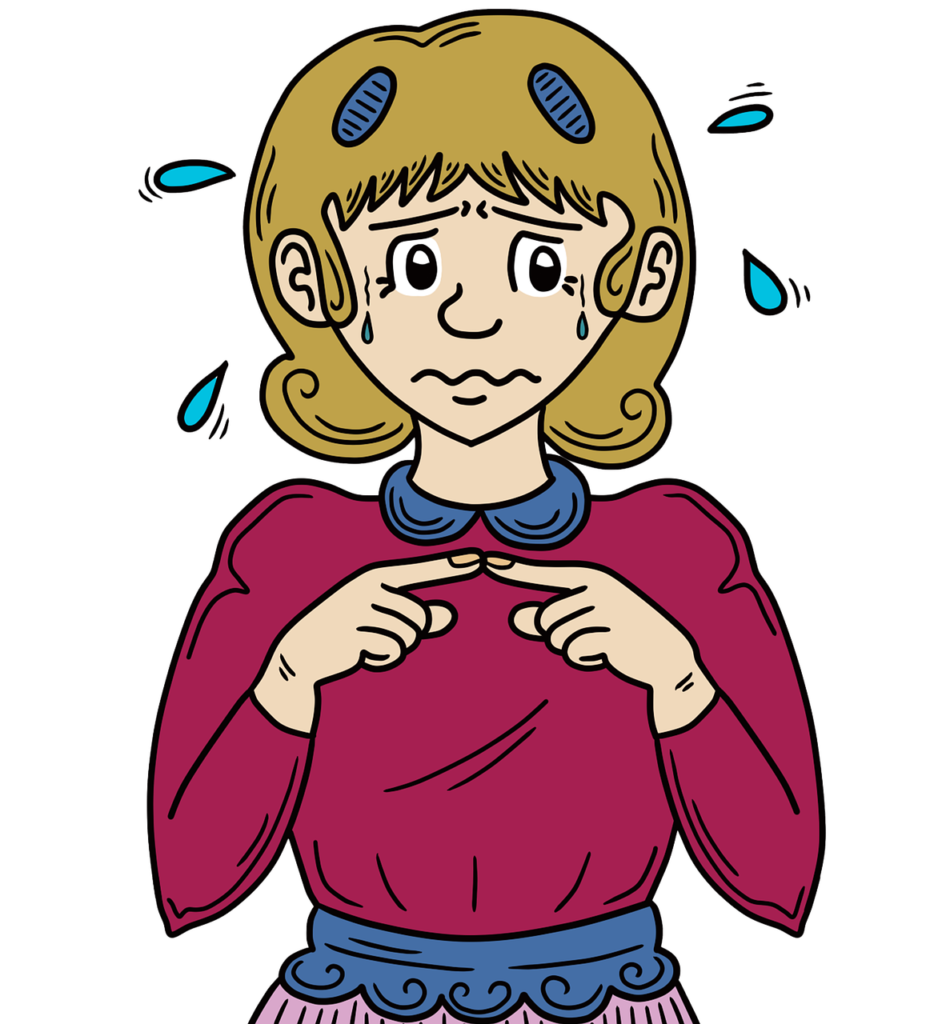
Social anxiety disorder can occasionally be accompanied by the following physical indications and symptoms:
- Blushing
- rapid heart rate
- shaky
- Perspiration
- nausea or upset stomach
- Having difficulty breathing
- Feeling lightheaded or dizzy
- feeling as though nothing is on your mind
- Tension in the muscles
Steer clear of typical social settings
It may be difficult to deal with common, everyday situations if you have social anxiety disorder, such as:
- Getting along with strangers or individuals you don’t know well
- going to social events or parties
- Leaving for work or school
- Having discussions
- establishing eye contact
- Dating
- walking into a room where people are seated
- Replacing goods in a retailer
- consuming food in public
- use a public lavatory


